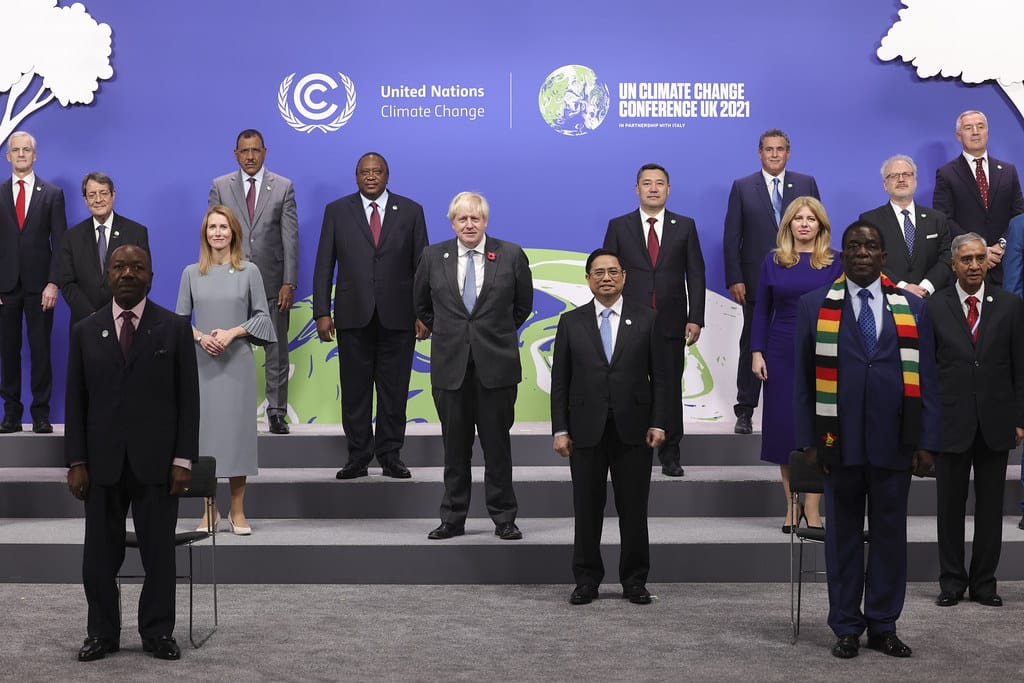COP26: Working Towards Climate Action
The world is getting warmer, here’s how world leaders are taking action.
From November 1st to November 12th, over 100 world leaders gathered in Glasgow for the 26th annual climate change conference, also known as COP26. The conference is believed to be the “world’s best last chance to get runaway climate change under control.”
In order to achieve the goal set in the Paris Agreement, a legally binding international treaty on climate change, at the COP26 summit countries needed to further the pledges they made at COP21. The Paris Agreement aims to limit global warming to 2 degrees Celsius and ideally 1.5 degrees Celsius above pre-industrial levels by 2030. With this date fast approaching, the opportunity to achieve the goal is closing. Current carbon dioxide emissions need to be halved to keep the planet at the 1.5 degrees target. If no action is taken to reduce emissions, the global temperature will rise 2.9 degrees Celsius above pre-industrial levels by 2100.
What were the outcomes of COP26?
At the summit, countries pledged to further their effort to cut carbon dioxide emissions through an agreement called “the Glasgow Climate Pact”. This pledge is of great importance because even if the prior goals for reducing carbon emissions were fulfilled, global temperatures would still increase by 2.4 degrees come 2100. Under the Paris Agreement created at COP21, countries were only required to set new NDCs (Nationally Determined Contributions) on emissions every 5 years. Now, countries will revise their NDCs at COP27, next year’s conference, which will be held in Egypt.
Coal causes over 46% of carbon dioxide emissions annually worldwide. In order to reach the 1.5-degree goal, over 40% of coal-fired power plants must be shut down. The initial plan was to “phase out” coal-fired power completely. Later on, after India and China objected to this, the agreement was changed to “phase down” coal instead.
In addition, a past agreement for developed nations to contribute 100 billion US annually to developing countries for climate aid failed. At the summit, developed countries have promised to increase support to beyond 100 billion per year through to 2025.
Will world leaders follow through with the pledges made at COP26? If so, how will these decisions impact climate change? And most importantly, will the pledges be enough to reach the goal of 1.5 degrees celsius by 2030?
